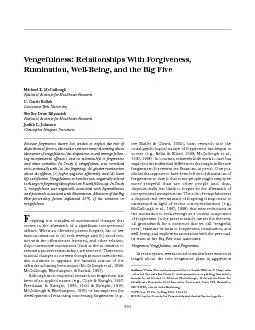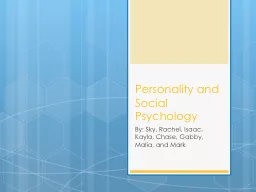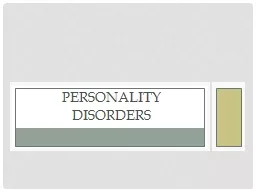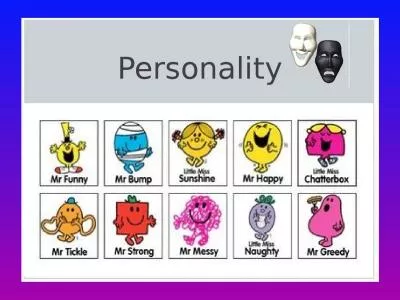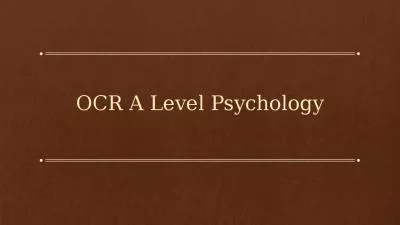PDF-PERSONALITY AND SOCIAL PSYCHOLOGY BULLETINMcCullough et al. / VENGEFUL
Author : trish-goza | Published Date : 2015-12-02
Vengefulness Relationships With ForgivenessRumination WellBeing and the Big FiveNational Institute for Healthcare ResearchC Garth BellahLouisiana Tech UniversityNational
Presentation Embed Code
Download Presentation
Download Presentation The PPT/PDF document "PERSONALITY AND SOCIAL PSYCHOLOGY BULLET..." is the property of its rightful owner. Permission is granted to download and print the materials on this website for personal, non-commercial use only, and to display it on your personal computer provided you do not modify the materials and that you retain all copyright notices contained in the materials. By downloading content from our website, you accept the terms of this agreement.
PERSONALITY AND SOCIAL PSYCHOLOGY BULLETINMcCullough et al. / VENGEFUL: Transcript
Download Rules Of Document
"PERSONALITY AND SOCIAL PSYCHOLOGY BULLETINMcCullough et al. / VENGEFUL"The content belongs to its owner. You may download and print it for personal use, without modification, and keep all copyright notices. By downloading, you agree to these terms.
Related Documents

